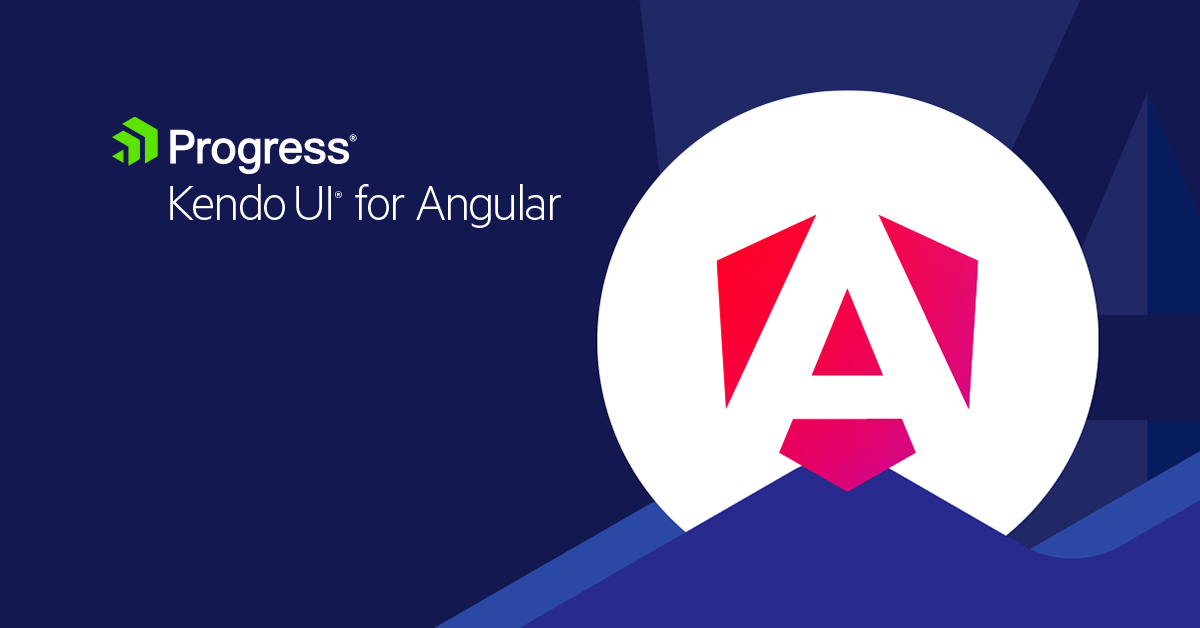
Turn Prompts into Pages: Telerik Agentic UI Generator
by Ed Charbeneau
November 20, 2025
Latest
-
Web Angular
Angular Signals: The Essentials You Need to Know
 Angular Signals mark a significant shift for the framework, not an optional feature. Learn more so you can keep up!
Angular Signals mark a significant shift for the framework, not an optional feature. Learn more so you can keep up! -
Web React
The KendoReact Prompt Library
 The KendoReact Prompt Library is a collection of pre-tested prompts designed specific to the KendoReact component library to help speed up development.
The KendoReact Prompt Library is a collection of pre-tested prompts designed specific to the KendoReact component library to help speed up development. -
Web
How to Store Files on a User’s Device Using OPFS (Origin Private File System)
 In this article, we will explore how to use OPFS to store files directly on the user’s device and why it is great for privacy and good offline experiences on websites.
In this article, we will explore how to use OPFS to store files directly on the user’s device and why it is great for privacy and good offline experiences on websites. -
AI Web Blazor
Adding Intelligence to Your Blazor Apps Using Telerik Smart Components
 Learn about the Telerik Smart Components and how to use them in a Blazor app to leverage AI for better user experiences.
Learn about the Telerik Smart Components and how to use them in a Blazor app to leverage AI for better user experiences. -
Web Angular
Angular 21: My Favorite New Features, a Quick Demo and a Look at What’s Next
 Come see what’s new in Angular v21—another incredible update for us!
Come see what’s new in Angular v21—another incredible update for us!
